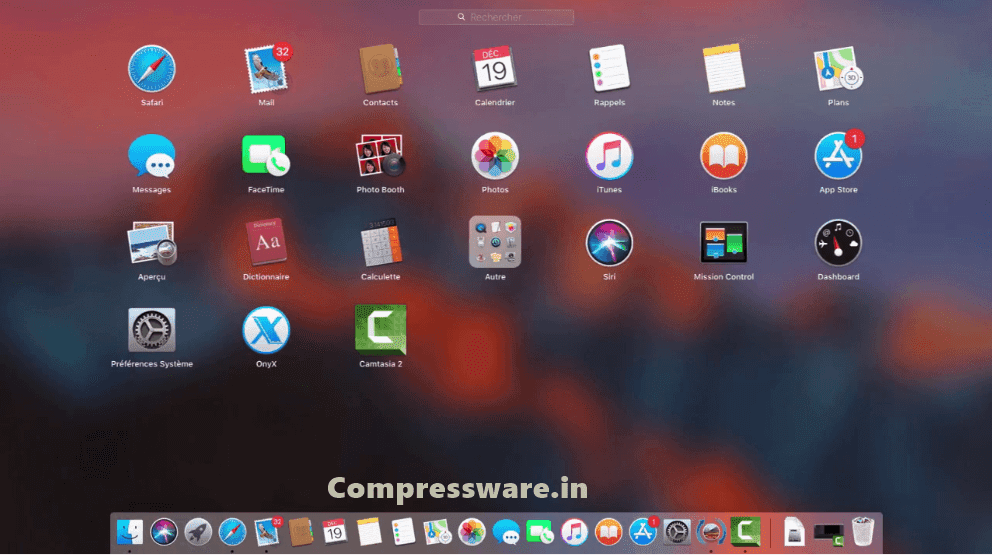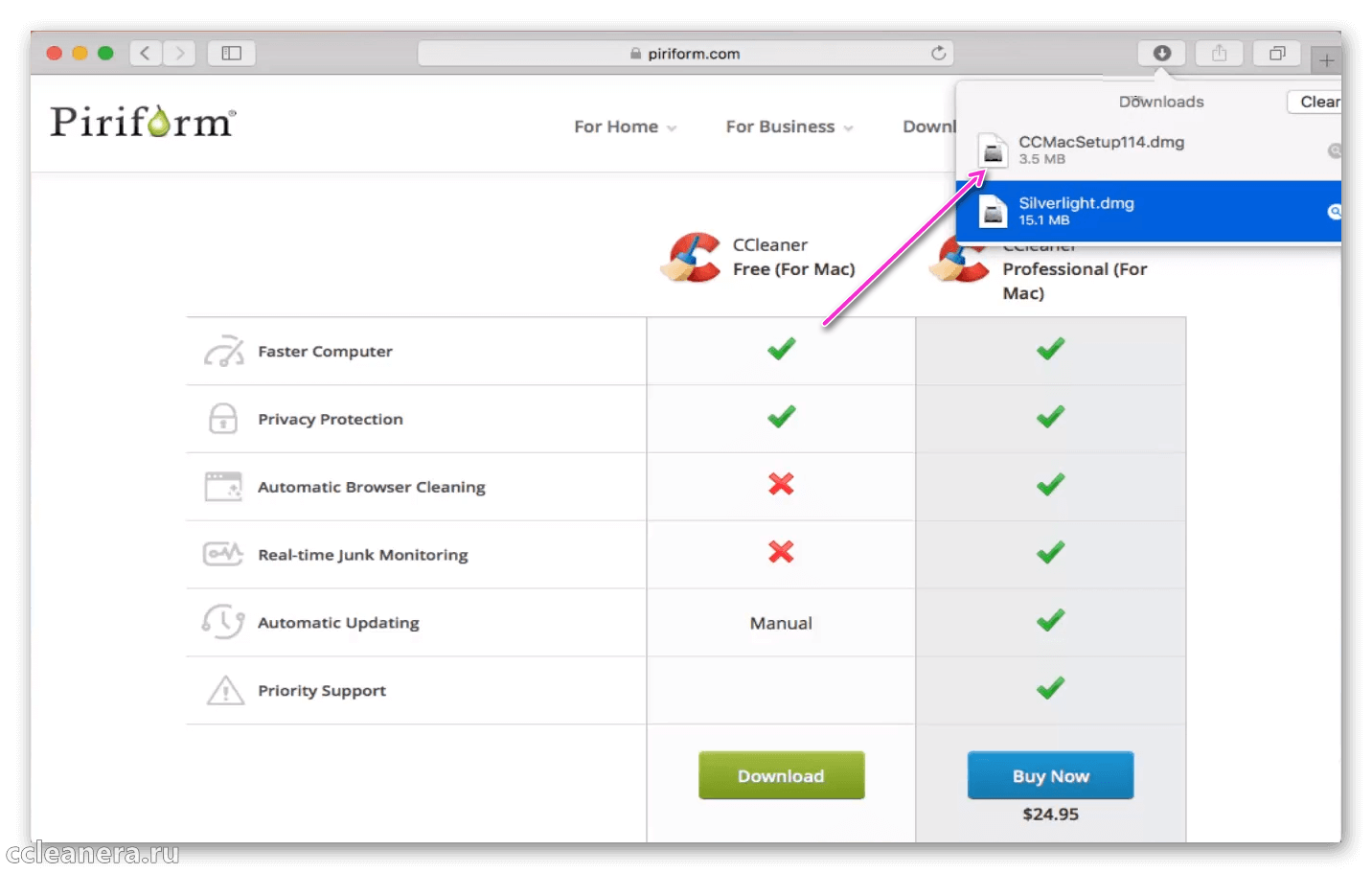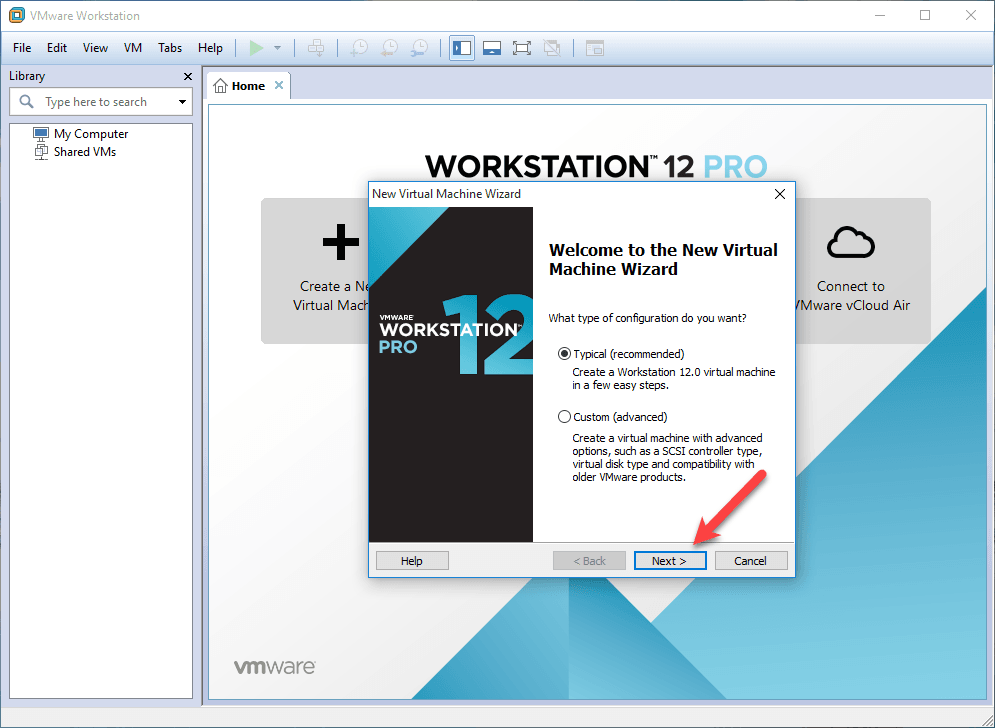
Unfortunately, an ISO image of macOS is pretty hard to come by. The only things you need for this to work is a copy of Oracle VM’s VirtualBox app, which you can download here, and an ISO image of the macOS version that you’d like to install. The first required stepsįor illustration purposes, we use Oracle VM’s VirtualBox app but the steps are similar for other virtualization programs. There are also plenty of other uses for virtual machines, but we’ll get to those later. In the context of 32-bit apps, this means that you can still run them in an instance of macOS Mojave even after you’ve upgraded your Mac to Catalina.


Instead, a virtualization program like VirtualBox, Parallels Desktop, VMware Fusion, or similar apps lets you create virtual machines - essentially self-contained computers that operate independently of your host operating system.

Virtualization, in a nutshell, is a way to run any operating system on your current computer without needing to install them individually or create a dual-boot situation.


 0 kommentar(er)
0 kommentar(er)
